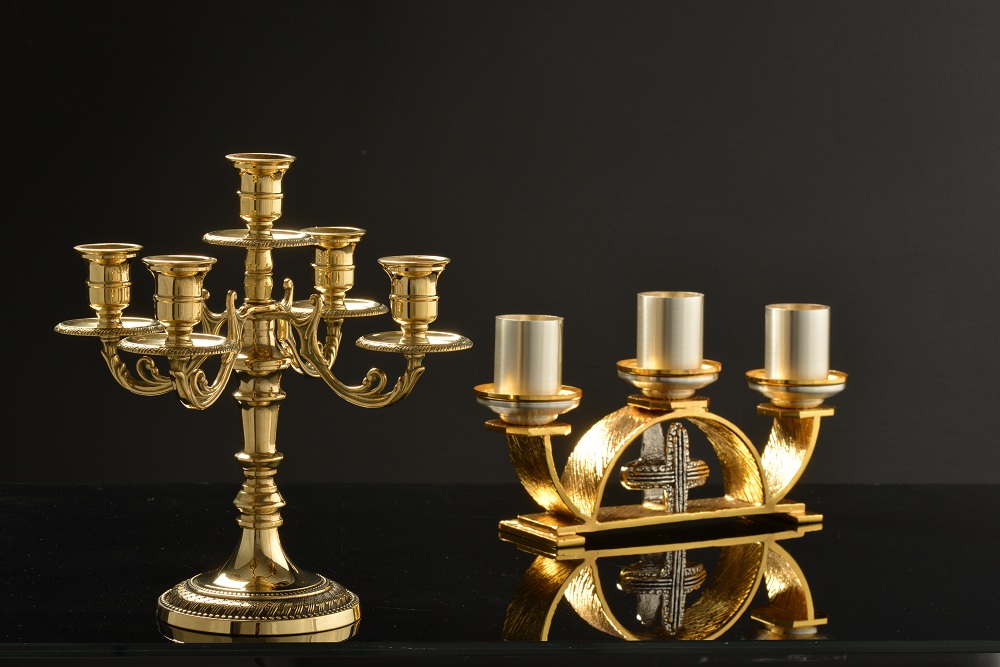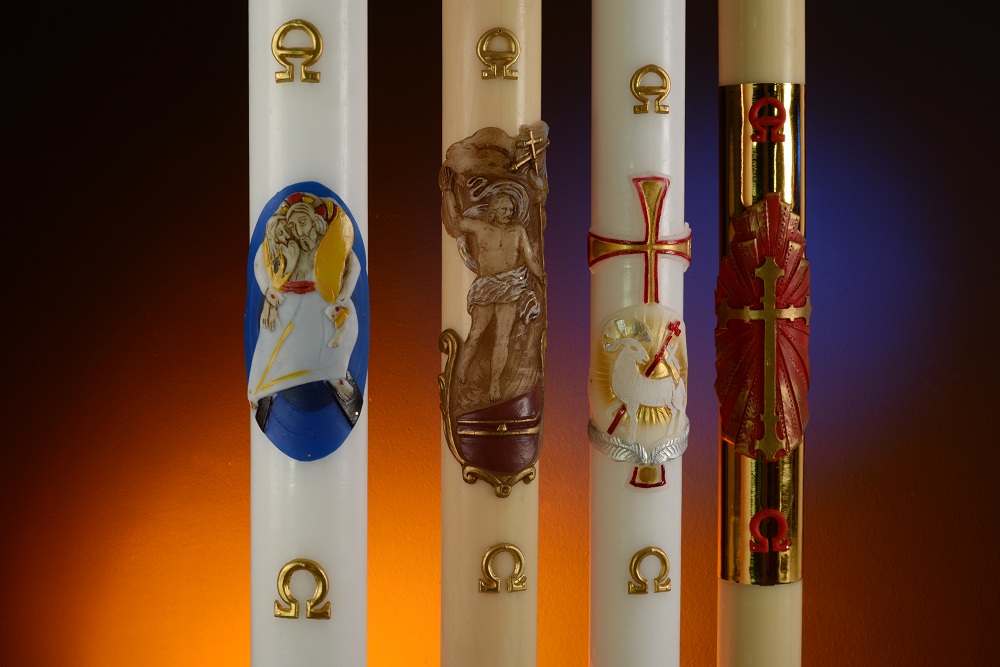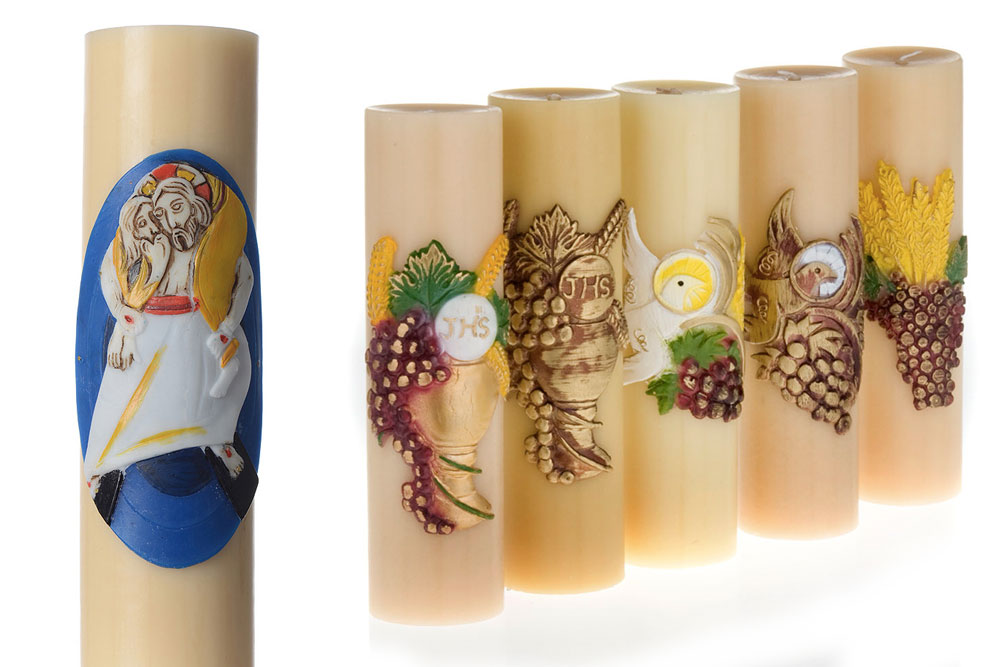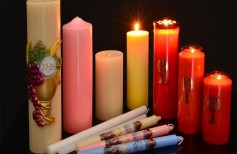The candle holder is a church supply in every church and placed on the altar. It is a candle holder intended to support a single candle. Its use dates back to the very origins of the church, and is clearly linked and indissoluble to the symbolism of light as an expression of Faith, Hope and Resurrection of Christ.
The candle holder was once placed on the ground, and only later on the altar before the beginning of the celebration: at the end of the Mass was being stored. In addition, alongside the candle holder, other candlesticks could be placed together in varying numbers and according to the ongoing festivities or celebration.
In the fifth century, the Statuta Ecclesiae antiquae decreed that the acolyte in the process of receiving the votes should have received in the hands a candle holder with the candle.
The Council of Trent established a precise coding for the altar service, consisting of six candlesticks to be used during Mass and seven candle holders for the Pontifical Mass of the Pope or the Bishop.
The candle holder shape derives from its original use as profane furniture, in pre-Christian times: one foot, a trunk, a plate for the wax and the tip on which to put the candle.
The candle holders, over time, have become increasingly large and with more care in the form and decoration. In addition, the materials have evolved over time, with wide use of gold, silver and other precious metals, but also of the most humble materials, such as brass or wood, depending on the possibilities of the church.
In the sixteenth century, other strict rules were coded about the candle holder: that its manufacture reminded that of the altar cross; that precious materials were reserved for official celebrations; that the style was simple, linear, with a round or triangular foot, the stem chiseled, the circular plate and the tip to the candle.
The candle holder has retained these features to date, with the inevitable artistic and formal variations related to different historical periods.





















